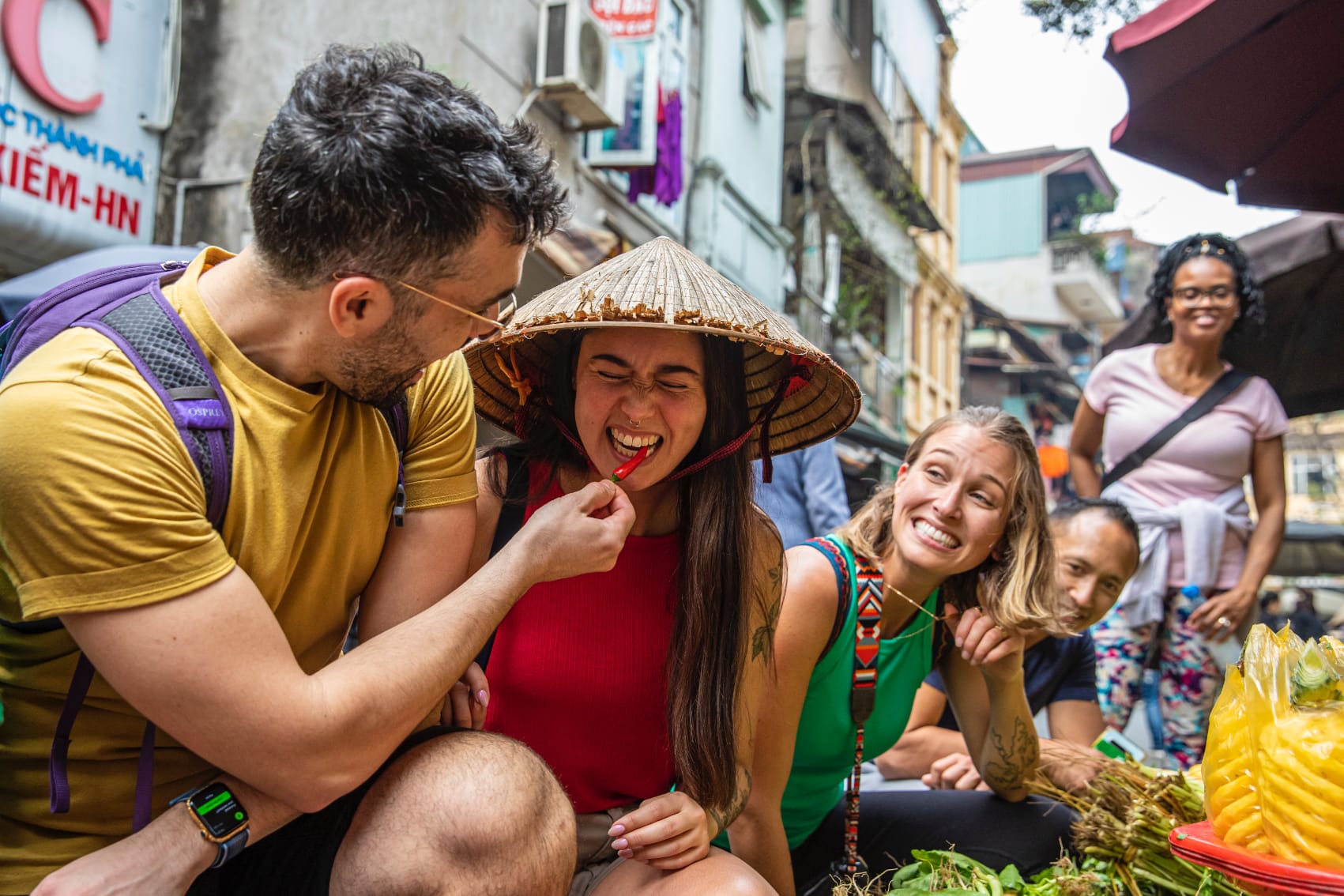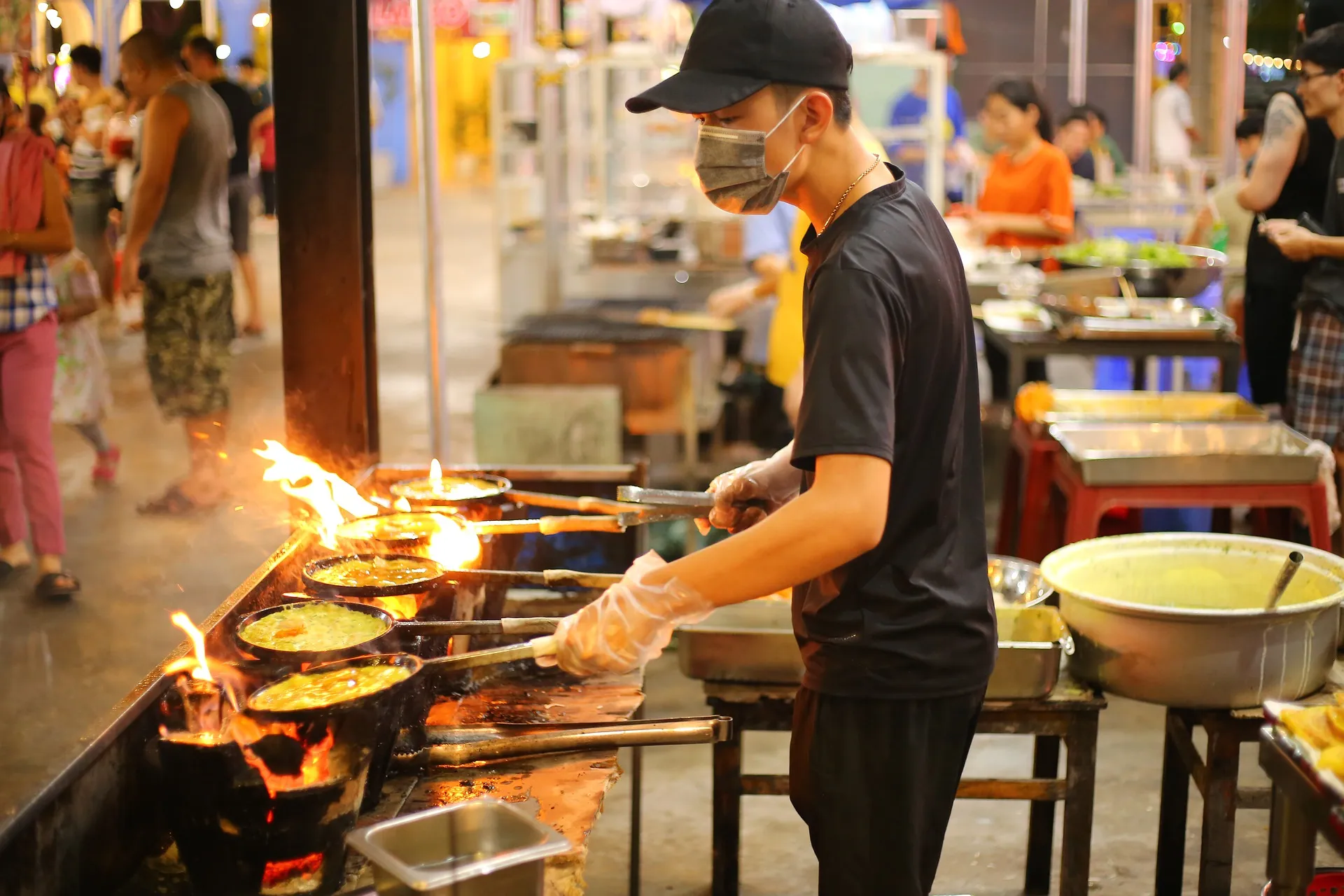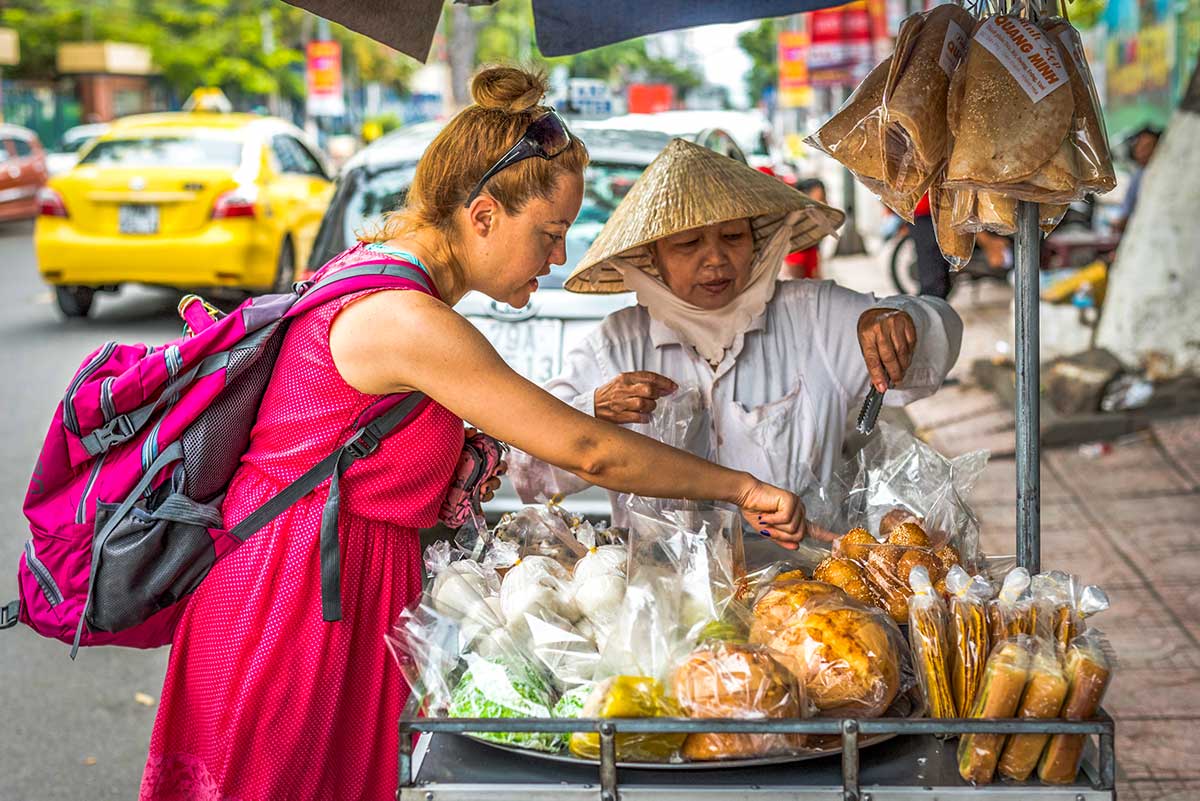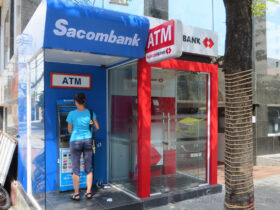Traveling to Vietnam is all about exploring vibrant cities, stunning landscapes, and of course, indulging in the local food scene. But let’s face it, food safety can be a concern. Nobody wants to spend their vacation stuck in a hotel room because of an upset stomach. This guide will help you enjoy the amazing flavors of Vietnam while keeping your health in check.
Introduction to Food Safety in Vietnam
Vietnam is a paradise for food lovers, offering a mix of flavors and dishes that are both unique and unforgettable. From bustling street food markets to cozy family-run restaurants, the country’s culinary scene is as vibrant as its culture. But as exciting as it is to explore Vietnamese cuisine, food safety should be a top priority for travelers. Understanding how to eat safely can make or break your trip.
While Vietnam’s street food is renowned worldwide, it’s important to recognize that hygiene standards may differ from what you’re used to back home. This doesn’t mean you should shy away from trying local dishes; instead, it means being informed and cautious. By taking a few simple precautions, you can enjoy everything from a piping hot bowl of pho to a freshly made banh mi without worrying about potential health issues.
In this guide, we’ll walk you through the essentials of staying safe while enjoying Vietnam’s incredible food scene. Whether it’s navigating street food stalls, choosing safe beverages, or knowing what to avoid, we’ve got you covered. So, let’s dive in and make sure your culinary adventure in Vietnam is as safe as it is delicious.

Why Food Safety is Important for Travelers
Traveling is all about immersing yourself in new cultures, and food plays a huge role in that experience. But let’s be honest—no one wants to spend their vacation in bed, battling a stomach bug. Food safety is essential to ensure your trip stays memorable for the right reasons.
When you’re in a new country like Vietnam, your body might not be used to local bacteria or food preparation methods. Here’s why food safety should be top of mind:
- Health Risks: Contaminated food or water can lead to foodborne illnesses like E. coli, Salmonella, or even Hepatitis A. These aren’t just minor inconveniences—they can knock you out for days.
- Unfamiliar Ingredients: Vietnamese cuisine uses unique spices and condiments, which might not sit well with everyone. Sudden changes in diet can also upset your stomach.
- Storage Practices: In some cases, food might not be stored at safe temperatures, increasing the risk of bacterial growth. For example, airlines keep hot meals above 140°F and cold items below 40°F to prevent this issue.
By keeping food safety in mind, you can enjoy Vietnam’s incredible culinary scene without worrying about your health.

Common Food Safety Concerns in Vietnam
Street Food Hygiene
Street food is an essential part of Vietnamese culture, but it can pose risks if hygiene isn’t up to par. Vendors often operate in open-air environments, exposing food to dust and pollution. Additionally, some may not follow proper sanitation practices, such as washing utensils thoroughly or keeping raw and cooked foods separate. Always choose vendors with a steady flow of customers—this is a good indicator of fresh ingredients and high turnover.
Water and Beverage Safety
Tap water in Vietnam is not safe for drinking. Even locals avoid it and rely on boiled, filtered, or bottled water. Ice cubes can also be a concern, as they may be made from untreated water. To stay safe:
- Drink only sealed bottled water.
- Avoid beverages with ice unless you’re sure it’s made from filtered water.
- Opt for hot drinks like tea or coffee, which are typically made with boiled water.
Food Storage and Preparation Practices
Improper food storage and preparation can lead to bacterial growth and contamination. This is especially common in hot and humid climates like Vietnam’s. Some issues to watch out for include:
- Food left out for long periods without refrigeration.
- Reusing cooking oil multiple times, which can degrade its quality.
- Lack of temperature control for perishable items like meat and seafood.
When dining out, look for signs of cleanliness, such as a tidy cooking area and covered food items. Freshly cooked dishes are generally safer than those that have been sitting out.

Tips for Eating Safely in Vietnam
Choosing Safe Street Food Vendors
Vietnam is famous for its street food, but not all vendors are created equal. To stay safe, observe a few things before you order:
- Look for busy stalls. High turnover usually means fresher ingredients and less chance of food sitting out for too long.
- Check for cleanliness. Is the vendor using gloves? Are utensils and surfaces clean? These small details can make a big difference.
- Trust local reviews. If a stall is popular among locals, it’s probably a safer bet.
What to Avoid When Eating Out
Some foods and habits can increase your risk of foodborne illnesses. Here’s what to steer clear of:
- Raw or undercooked food: Avoid sushi, rare meats, and raw vegetables unless you’re sure they’ve been washed in clean water.
- Tap water: Always opt for bottled water, and skip ice unless you’re confident it’s made from purified water.
- Fruits with edible skins: Stick to fruits like bananas and oranges that you peel yourself, rather than apples or grapes.
How to Spot Fresh and Safe Ingredients
Knowing how to identify fresh ingredients can save you from an upset stomach. Here are some tips:
- Temperature matters. Hot dishes, like pho, should be steaming when served. If it’s lukewarm, think twice.
- Inspect your food. Fresh vegetables should be vibrant and crisp, not wilted or slimy.
- Smell it. If something smells off, it’s better to leave it than risk it.
By following these tips, you can enjoy Vietnam’s incredible cuisine while minimizing health risks. Take it slow, trust your instincts, and savor every bite!

What to Do if You Get Sick
Traveling is an adventure, but sometimes, your stomach might not agree with the local cuisine. If you find yourself feeling unwell, here’s what you should do:
Immediate Steps to Take
- Hydrate: If you’re experiencing diarrhea or vomiting, drink plenty of fluids to avoid dehydration. Use bottled water or oral rehydration salts to replenish lost electrolytes.
- Rest: Give your body a break. Stay in a cool, comfortable space and avoid strenuous activities.
- Keep a record of what you ate and when symptoms started. This can help identify what caused the issue.
When to Seek Medical Help
If your symptoms persist for more than 24 hours, worsen, or include severe pain, high fever, or blood in your stool, it’s time to see a doctor. Vietnam has excellent medical facilities tailored for travelers. In Hanoi, try Hanoi French Hospital or VINMEC International. In Ho Chi Minh City, FV Hospital is a reliable option.
Preventing Future Issues
- Stick to hot, thoroughly cooked meals. Avoid raw or undercooked foods.
- Wash fruits and vegetables or choose ones that can be peeled.
- Avoid drinking tap water; opt for bottled water instead.
By taking these steps, you can bounce back quickly and get back to enjoying your trip!
Conclusion and Final Tips
Traveling through Vietnam offers a whirlwind of flavors and experiences, but staying mindful of food safety ensures you can enjoy every bite without worry. Food safety isn’t just about avoiding illness—it’s about enhancing your overall travel experience. By sticking to basic precautions, you’ll unlock the full potential of Vietnam’s vibrant culinary scene.
Here are a few final tips to keep in mind:
- Stick to freshly cooked dishes. Heat kills bacteria, so prioritize meals that are hot and freshly prepared.
- Always drink bottled or filtered water. Avoid tap water and ice cubes to steer clear of potential contaminants. Consume thoroughly cooked and freshly prepared food.
- Don’t be afraid to ask questions. Vendors and restaurant staff will often be happy to guide you toward safer options.
Remember, food is a gateway to experiencing Vietnam’s culture, history, and community. By taking a little extra care, you’ll leave with not just a full stomach but unforgettable memories of this incredible destination.
Wrapping It Up
Traveling through Vietnam and exploring its food scene can be one of the most rewarding parts of your trip. With a little bit of caution and some common sense, you can enjoy everything from street food to restaurant meals without worrying too much about getting sick. Stick to cooked dishes, keep an eye on hygiene, and don’t forget to stay hydrated with bottled water. By being mindful of these tips, you’ll not only keep yourself healthy but also get to fully experience the incredible flavors Vietnam has to offer. So go ahead, dig in, and make some delicious memories!



